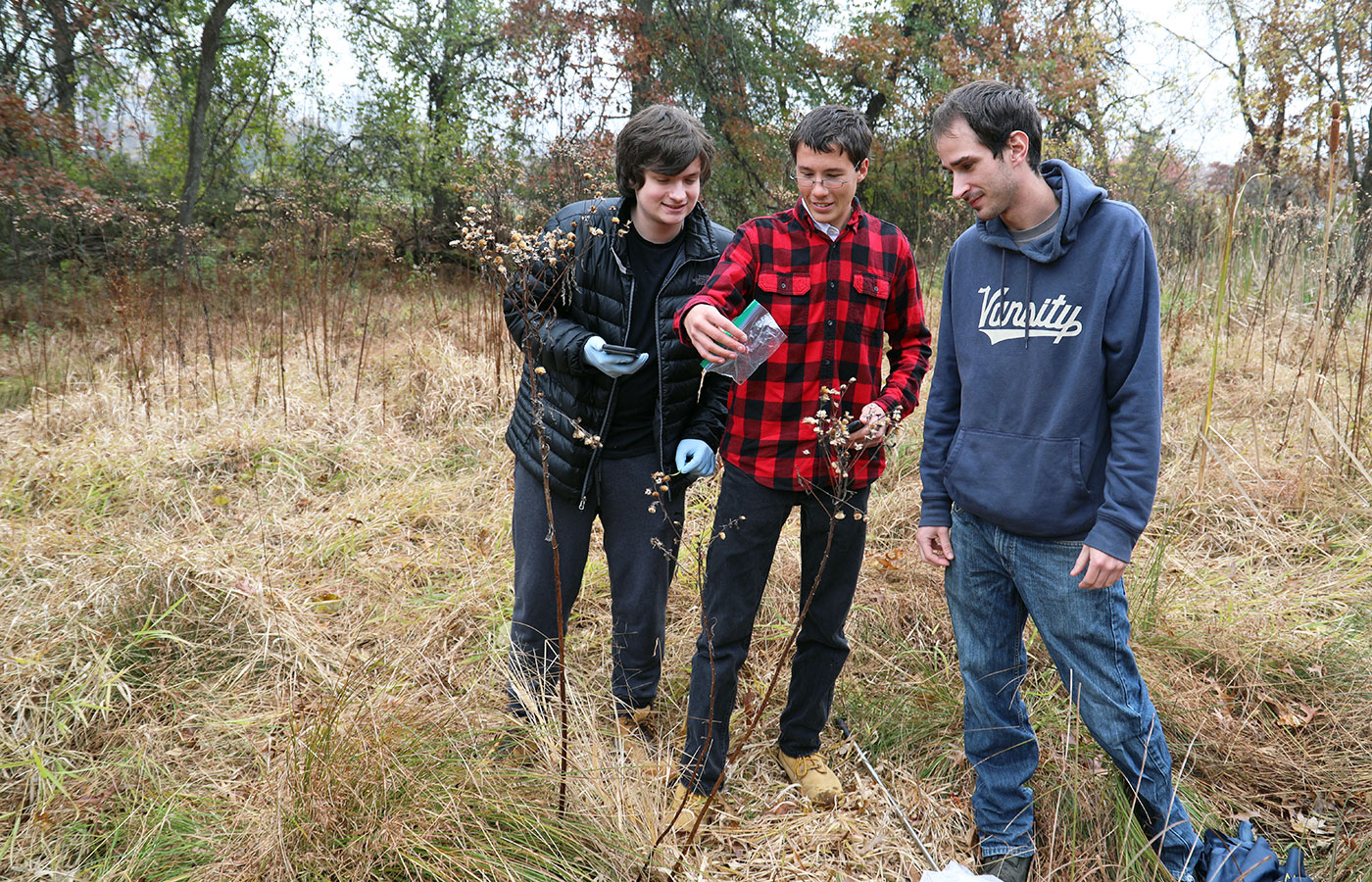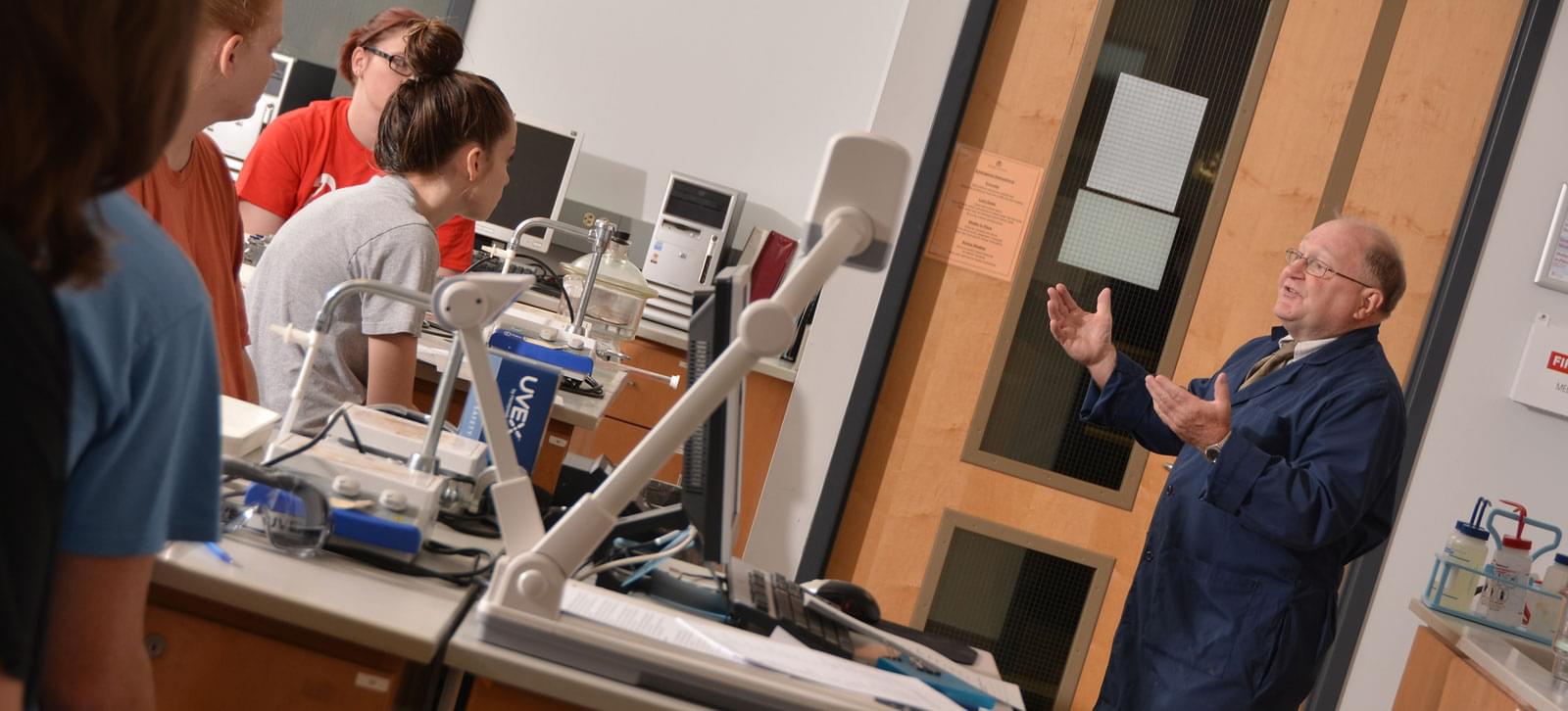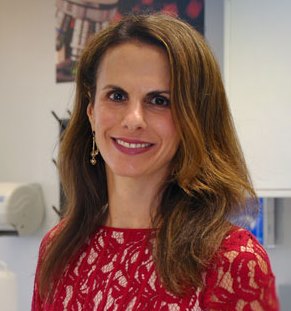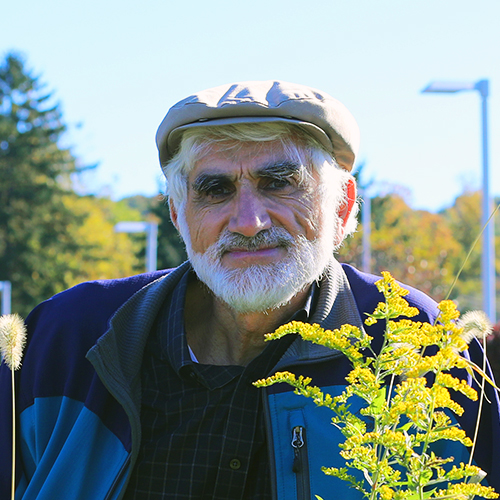Department of Chemistry & Physics
Unrivaled access to outstanding lab facilities and a warm, close-knit community of students and faculty are hallmarks of chemistry at DeSales.
The majors in Chemistry and Biochemistry-Molecular Biology offer a uniquely DeSales experience. Our small class sizes, modern laboratories, and supportive community create an atmosphere for learning enriched by our Salesian values. Your teachers, advisors
and research mentors know you and are dedicated to your success.
Our faculty represent a broad range of individual specialties and are well-respected for their research and professional activities. You will have the opportunity to take part in research, publish and present your work, and participate in a dynamic community
of scientific inquiry.
You’ll have hands-on access to facilities unrivaled at many other liberal arts universities. Throughout their education, students gain extensive experience with instrumentation. Thanks to our generous endowments, grants, and benefactors, our instrument suite includes a recently purchased Fluorimeter, HPLC, and Bomb Calorimeter, and UV-VIS and IR spectrometers in addition to an AA, NMR, ICP-AES, GC, and GC-MS. Our freshman chemistry lab and physics labs are equipped with Pasco sensors and software that enable digital data collection and analysis.
DNA Barcoding Project Helps Students Identify Plant, Insect Species

Students in Dr. Lara Goudsouzian’s molecular biology class traipsed through the rain and mud to pick the perfect plant or invertebrate for a new DNA barcoding project.
“DNA barcoding is specifically identifying species by sequencing small regions of their genome,” says Goudsouzian, assistant professor.
Students used butterfly nets to collect their samples from the marsh behind the Dorothy Day Student Union. Back in the lab, they photographed the samples before using a series of solutions to break open the cells and pull away the DNA. They will send the DNA off to a company that provides the exact genetic sequence, which students will then use to compare to databases.
“I feel that by learning about other species, you learn more about humans,” says Jane Fuller, a medical studies major, adding, “It’s great to finally get out of the lab and not always be inside.”
The goal of the project is to identify whether the species are native, invasive, or extending into our area because of climate change. Students will share their data with entomologists and molecular pathologists at the Pennsylvania Department of Agriculture.
“This directly relates to what they’re learning,” Goudsouzian says. “It’s nice that they’re looking both deep inside the cell and deep outside the cell because normally we have such a micro view in my course. We’re taking a really zoomed out view and yet still dealing with molecular biology.”
The project was made possible thanks to a grant that Goudsouzian received from the National Science Foundation and Cold Spring Harbor Lab. It coincides with the Earth BioGenome Project, an international initiative that aims to sequence, catalog, and characterize the genomes of all of Earth’s eukaryotic biodiversity over 10 years.
“Students can plug into this big effort to try to catalog all of the species on the planet,” says Dr. Joseph Colosi, associate professor. “This project is getting the students to think about what the role of this species is in this ecosystem.”
For more photos of the DNA barcoding project, visit our Flickr album.
DNA Barcoding Project Helps Students Identify Plant, Insect Species

Students in Dr. Lara Goudsouzian’s molecular biology class traipsed through the rain and mud to pick the perfect plant or invertebrate for a new DNA barcoding project.
“DNA barcoding is specifically identifying species by sequencing small regions of their genome,” says Goudsouzian, assistant professor.
Students used butterfly nets to collect their samples from the marsh behind the Dorothy Day Student Union. Back in the lab, they photographed the samples before using a series of solutions to break open the cells and pull away the DNA. They will send the DNA off to a company that provides the exact genetic sequence, which students will then use to compare to databases.
“I feel that by learning about other species, you learn more about humans,” says Jane Fuller, a medical studies major, adding, “It’s great to finally get out of the lab and not always be inside.”
The goal of the project is to identify whether the species are native, invasive, or extending into our area because of climate change. Students will share their data with entomologists and molecular pathologists at the Pennsylvania Department of Agriculture.
“This directly relates to what they’re learning,” Goudsouzian says. “It’s nice that they’re looking both deep inside the cell and deep outside the cell because normally we have such a micro view in my course. We’re taking a really zoomed out view and yet still dealing with molecular biology.”
The project was made possible thanks to a grant that Goudsouzian received from the National Science Foundation and Cold Spring Harbor Lab. It coincides with the Earth BioGenome Project, an international initiative that aims to sequence, catalog, and characterize the genomes of all of Earth’s eukaryotic biodiversity over 10 years.
“Students can plug into this big effort to try to catalog all of the species on the planet,” says Dr. Joseph Colosi, associate professor. “This project is getting the students to think about what the role of this species is in this ecosystem.”
For more photos of the DNA barcoding project, visit our Flickr album.







